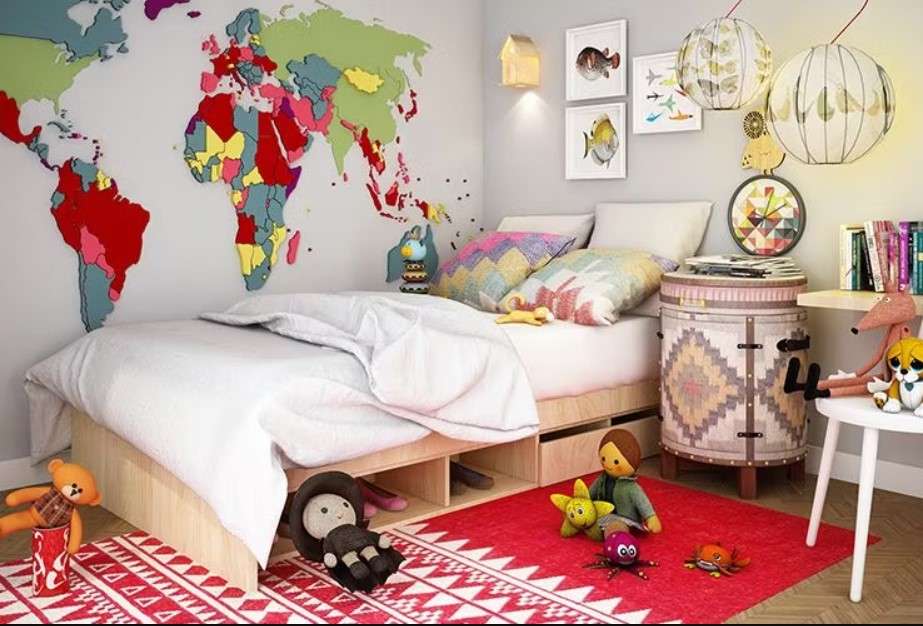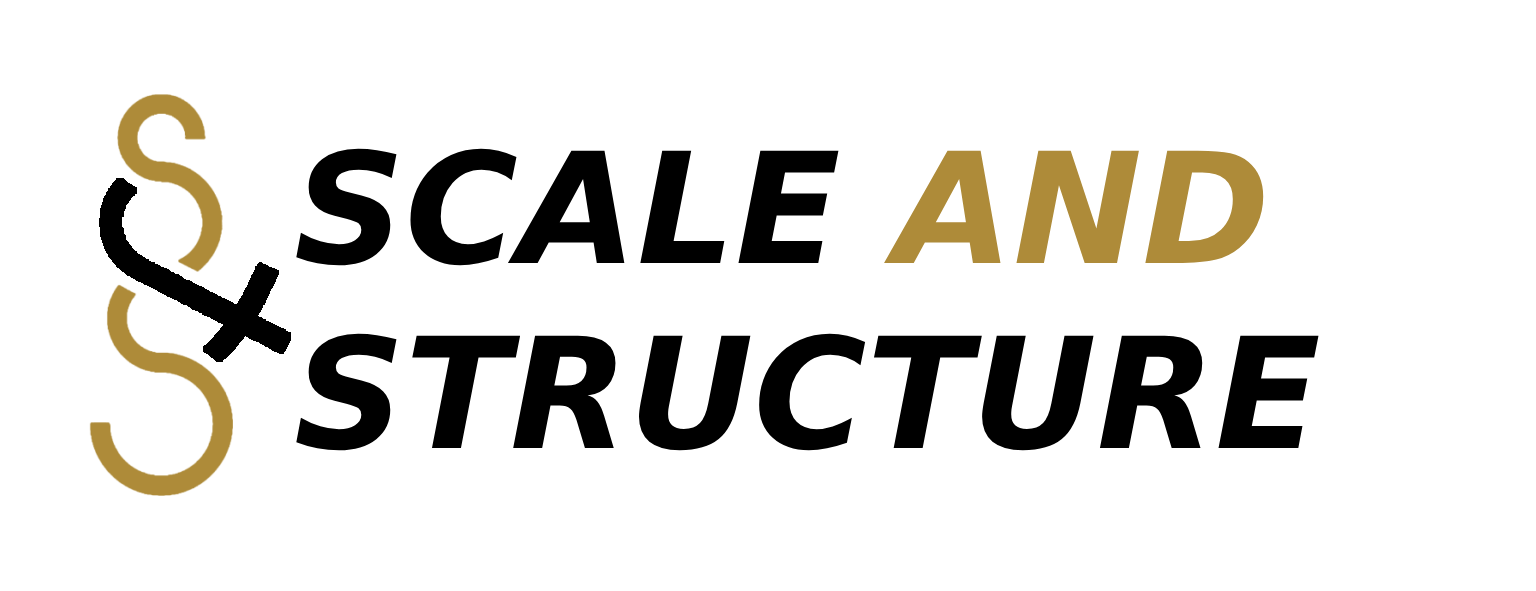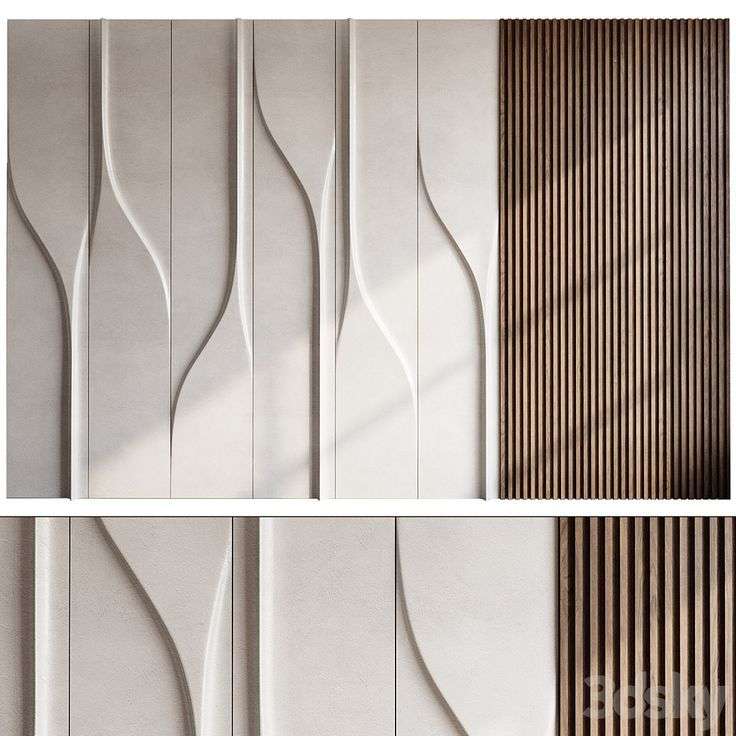Designing a kid’s room can be one of the most exciting and creative aspects of home decorating. However, as any parent knows, children grow quickly, and what works for a toddler today might not be suitable for a teenager tomorrow. At Scale & Structure, we understand that a kid’s room needs to be both functional and adaptable—designed to evolve as your child’s needs, interests, and age change over time.
In this guide, we’ll walk you through how to design a timeless, functional, and stylish kids’ room that can grow with them from childhood to adolescence, without the need for a complete redesign.

1. Start with a Neutral Foundation
When designing a kid’s room that will evolve over time, start by laying a neutral foundation. Neutral tones such as whites, grays, beige, or soft pastels provide a timeless backdrop that can be easily updated with accessories as your child grows.
- Walls: Opt for light, neutral wall colors that can easily be adapted to your child’s changing tastes. Light gray, soft taupe, or pale blue work well as a versatile base. If you want to add a bit of personality, consider painting one accent wall or using wallpaper with fun patterns or designs that can easily be swapped out as they grow older.
- Floors: Choose a durable flooring option that can handle wear and tear. Hardwood or laminate floors are easy to clean and look great throughout different phases of your child’s development. Consider adding area rugs in different shapes or sizes, which can be easily replaced when tastes change.
Tip: Use Removable Wall Decor
Wall decals, posters, or peel-and-stick wallpaper are easy to change as your child gets older, allowing you to refresh the room’s look without a major overhaul.
2. Incorporate Multi-Functional Furniture
Kids grow, and so do their needs. Incorporating multi-functional furniture is an essential step in creating a space that adapts to your child’s evolving requirements.
Multi-functional Furniture Ideas:
- Convertible Cribs: These cribs transform into toddler beds, and later into full-sized beds, making them a smart choice for parents looking for long-term value.
- Lofted Beds: A lofted bed can create space underneath for a study area, play area, or even a reading nook. As your child grows, this flexible design allows for different uses of the space.
- Modular Shelving: Use modular shelving units that can be reconfigured as your child’s needs change. Shelving can start off as a place to store toys, then evolve into a place for books, art supplies, and eventually schoolwork or display items.
- Storage Solutions: Choose furniture with built-in storage, like beds with drawers or benches that double as toy chests. As your child ages, the storage can transition from holding toys to holding clothes, books, or sports equipment.
Tip: Opt for Adjustable Furniture
Look for furniture pieces like adjustable desks and chairs that can grow with your child. These allow you to modify the height and design as your child ages.
3. Focus on Flexible Decor Elements
While the walls and furniture might provide a neutral backdrop, decorative elements can add personality to the room. Choose items that can be easily updated as your child’s tastes evolve.
Flexible Decor Ideas:
- Bedding: Bedding is an easy way to bring in color and themes that reflect your child’s interests. Choose bedding that can be swapped out as they age—from fun cartoon characters to more sophisticated patterns or solid colors as they grow older.
- Artwork: Frame a selection of their artwork or choose pieces that reflect their current interests. As they grow, you can rotate the art or introduce new pieces that match their evolving sense of style.
- Curtains and Window Treatments: Choose window treatments that can adapt to different design styles. Simple, solid-colored curtains or shades can easily be updated by adding bold patterns or colors as your child grows.
Tip: Incorporate Personal Touches
As your child’s tastes change, allow them to add their own personal touches to the room, whether through posters, DIY projects, or personal memorabilia. This gives them a sense of ownership over their space.
4. Design a Versatile Layout
As your child’s needs change, so will the layout of their room. When designing, think about flexibility and flow—ensure the space can be rearranged as your child grows and needs change.
- Create Zones: Designate different zones for different activities, like a reading nook, a play area, or a study corner. As your child grows, these zones can evolve. The play area can become a more functional study area, and the toy shelves can eventually transition to book storage or hobby supplies.
- Room to Play and Work: Ensure there’s plenty of floor space for playtime, but also allow room for a desk or workspace that can grow with them. Opt for furniture that is easy to move around, allowing you to change the room layout as their interests shift.
- Flexible Seating: Incorporate seating options like bean bags, floor cushions, or versatile chairs that can easily be moved around to accommodate different activities or playdates.
Tip: Keep It Organized
Ensure the room is organized and clutter-free by using baskets, bins, or labeled storage. As your child grows, they’ll have more toys, books, and other items, and an organized space will make it easier for them to maintain order.
5. Incorporate Elements for Different Stages
As your child progresses through different stages of life, their room should cater to those stages. Whether it’s a cozy space for a newborn or a dynamic study space for a teenager, design elements can change to support different needs.
Ideas for Different Stages:
- Infant to Toddler: Focus on soft colors, a crib, a changing table, and plenty of storage for toys and baby gear. Use soft rugs and simple wall art to create a soothing environment.
- Preschool to Elementary School: Introduce more playful elements like wall decals, fun furniture, and activity zones (play areas, reading nooks, etc.). Consider furniture that can transition from a toddler bed to a full-size bed.
- Teenager: When your child enters the teenage years, the room will likely need a more mature and functional design. Update bedding, replace the toy storage with functional shelves or drawers, and incorporate a study area. You can also add their personal style by incorporating more grown-up accessories like desk lamps, stylish chairs, or sleek shelving units.
Tip: Create a Space for Self-Expression
As your child grows older, encourage them to express themselves through the design of their room. This could be through posters, DIY projects, or even helping with the layout.
6. Think About Lighting
Lighting is one of the most important yet often overlooked aspects of room design. A kid’s room needs multiple layers of lighting to cater to different activities, from reading to playtime to sleeping.
- Task Lighting: A desk lamp or reading light is essential for study or bedtime reading.
- Ambient Lighting: Soft overhead lights or pendant lights can create a warm and inviting atmosphere.
- Night Lights: Consider adding fun or whimsical nightlights for younger children to make them feel safe at night. As they grow, you can replace them with more mature lighting options.
Tip: Dimmer Switches
Install dimmer switches for the main lights, allowing you to adjust the lighting to suit different activities and moods.



